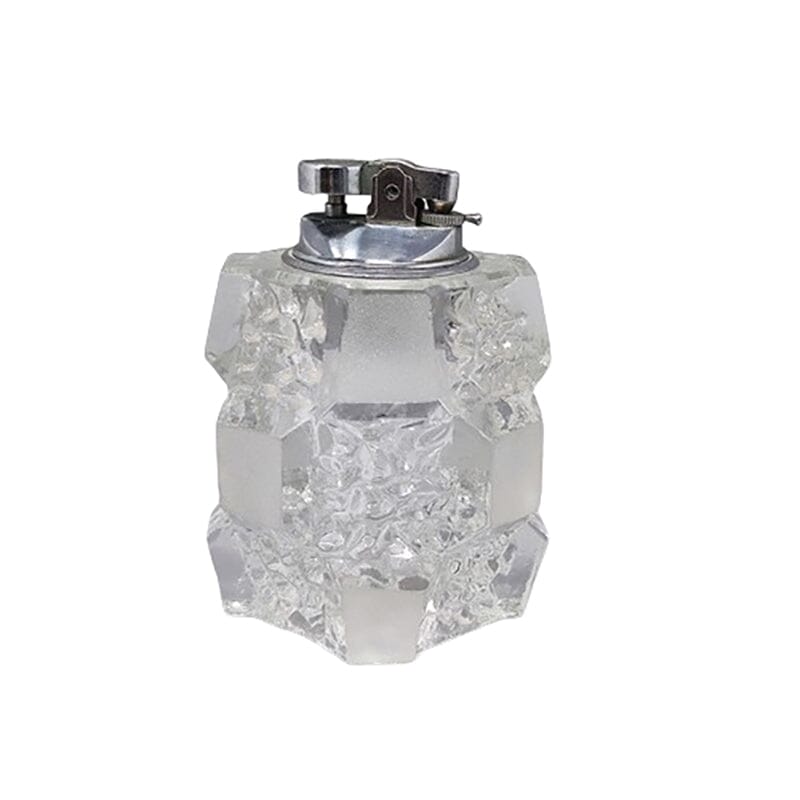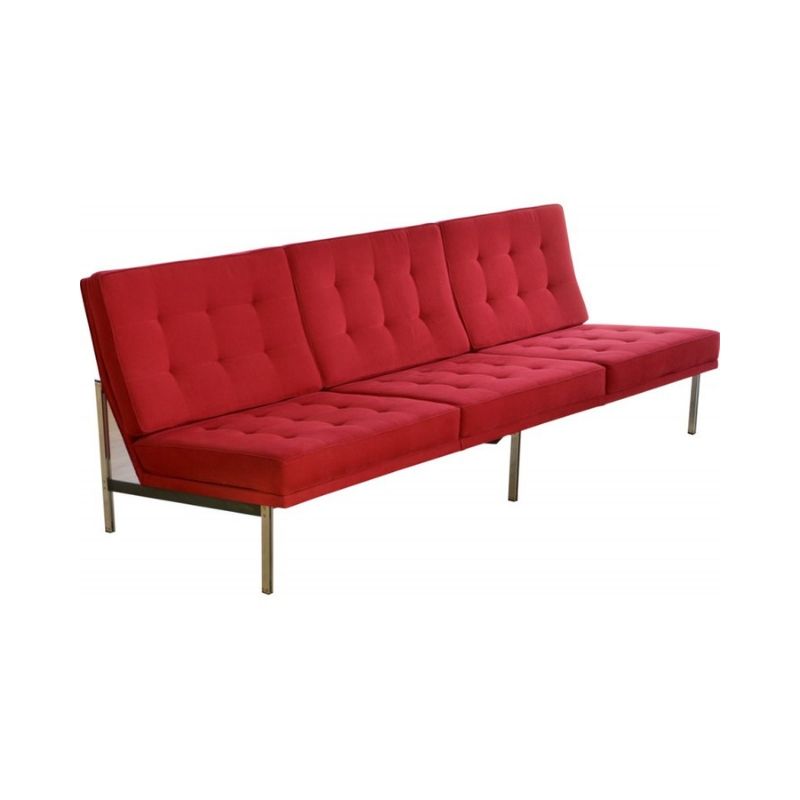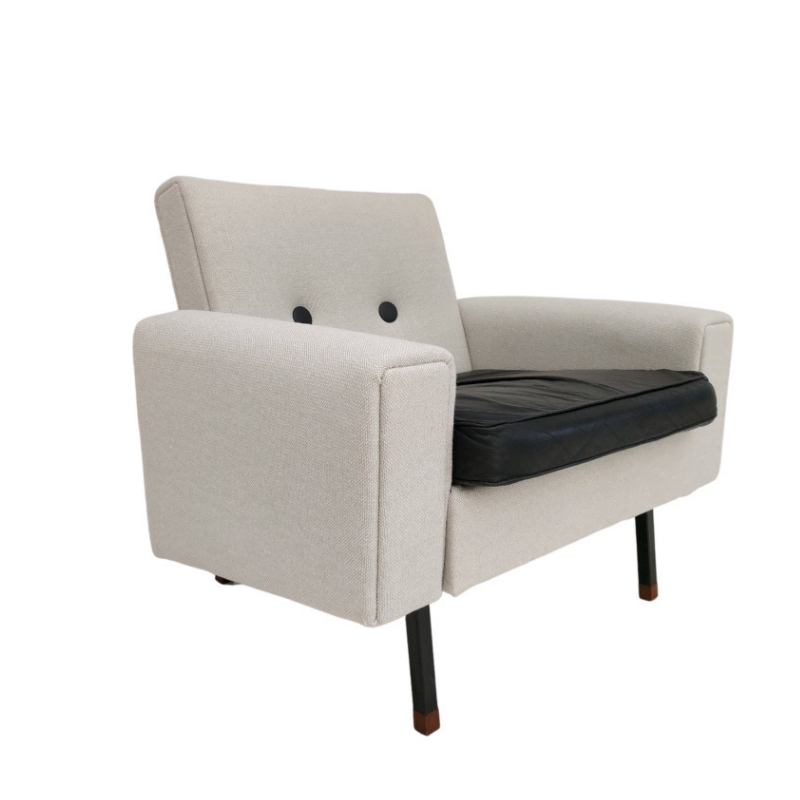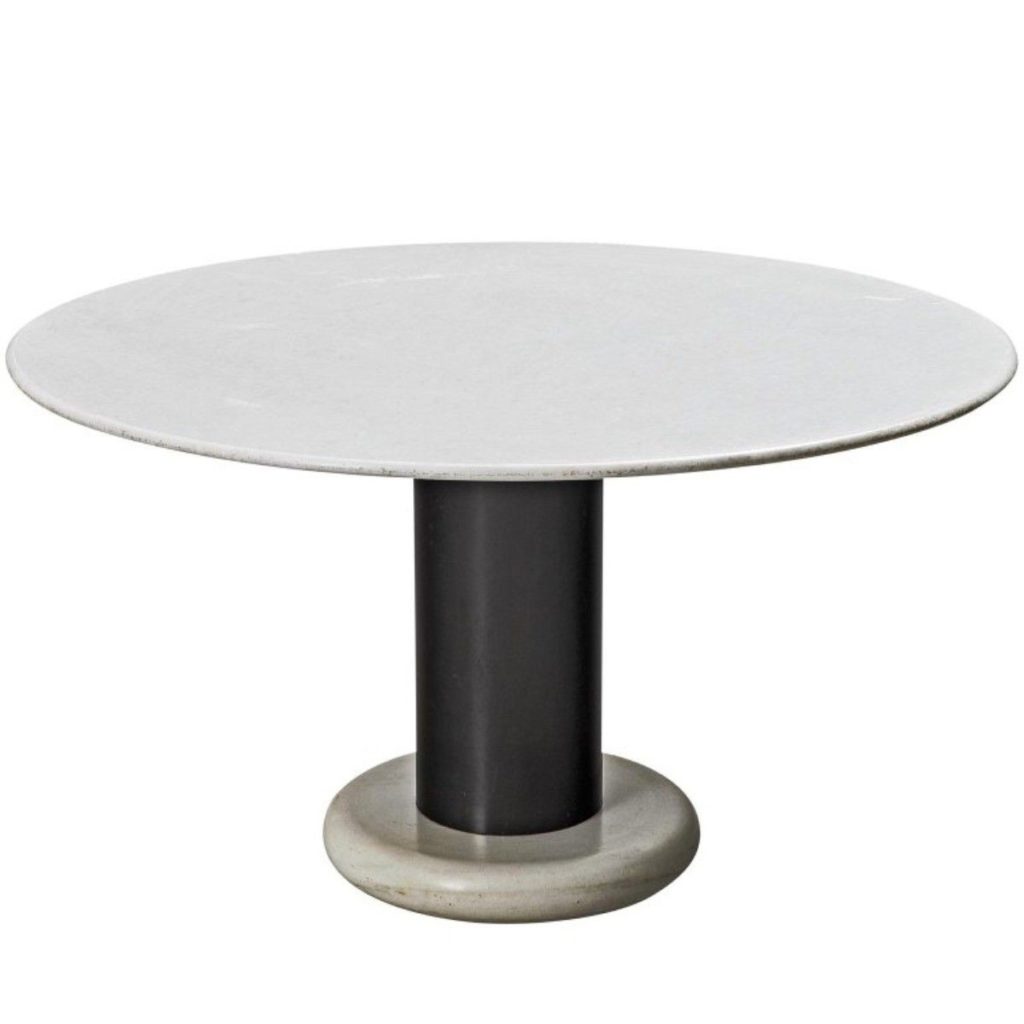As per usual, dcwilson has made me think. His comment about 'failed ideologies' and the cureent status of our world has made me think about the DA blog that I never seem to find the time to do.
One of the big questions I've been pondering since I made the career shift into renewable energy is the role of good design aesthetics in developping sustainable technologies. It's a sore spot in what had been out there before , say the mid-1990's. Lately however, makers of renewable energy and sustainability products have become more aware of 'making things look as good as they perform'. As and example, solar electric panels are now capable of being mounted flush into roof, following the lines of a structure in ways that they couldn't do earlier. It's much easier now to integrate solar electricity or solar thermal technologies into a design and not sacrifice the design's over all appearance.
I can only see this trend away from a make-shift crunchy granola home-steader mindset as a good thing. Renewable/sustainable products are becoming pallatable to the mainstream consumer.
BUT...and here's my question for you all...
Many of the existing manufacturers are the kind of guys that wear birkenstocks with hemp socks. The only aesthetic they seem to grasp is traditional. Modernist homes are a bit beyond them. There are definitely exceptions (see link) but for the most part products are being designed to integrate into a more 'conventional ' home than we'd like to live in.
So...
Would you still consider integrating renewable energy/sustainable products if you had to sacrifice a bit on the look of your home or would that be a deal-breaker for you? How interested is the Design-Addict type of person in changing their consumer-driven ways? Are we at all a force to contend with? Should the fast-growing, rejuvenated market for reneable/sustainable products be listening to us?
even the birkenstock guys loo...
even the birkenstock guys look at the bottom line, a traditional look applied to a sustatinable house doesn't necessarily mean bad design, and if thats what it takes to improve our housing perhaps we just have to accept that for a while.
Though I see no reason AT ALL why a responsibly built house has to kow tow to one style or another, I'd love to see more green houses pleasing to the modernists eye but until the demand is there it won't really take off.
I found the houses in the link a little displeasing to be honest, the roomplans were still quite conventional and they struck me as being derivative of a lot of Australian architecture, which is unfortunate given the climactic differnces. I'd hate to see an across the board approach with new housing, style over substance could be a real problem. Regionalism in all its aspects really is a requirment for this sort of building.
The area where I live quarries what I think is pretty much the worlds best sandstone and has great springwater too, its beautiful stuff and virtually none of the local people take advantage of it, we've all seen the harmony that occurs in a built environment when few and local materials are used.
I suspect.....
that we do not know yet what the architecture in a sustainable society looks like, but it is disturbing to read (on powerhouse-enterprises):
"...It drives me crazy that houses are built the same way today they were built one hundred and thirty years ago. Building a home is something all Americans aspire to ? it?s the American Dream -..etc..."
Why not: "...It drives me crazy that humans are still the same way today as they were two hundred years ago..."...and building a home is not an aspiration limited to Americns or the American Dream, most people in the world need shelter and would love to share that shelter with their loved ones and with the things they love.
This being said, I think that everybody in architecture should borrow a few pages out of the history of the car industry. It can not have escaped anybody that this killing energy consuming monster enjoys a popularity that comes close to addiction, that the technology that is offered and used never seems to be advanced enough, that the form language is amoung the most advanced (in the sense of least traditional) of any type of product....how did they do it? Simply: step by step, without revolutions, one step at the time. The "bait" is "the car of the future" the ever changing feature of every car show. Never available, not for sale, but always indicating in which direction the manufacturer is going. It demonstrates the illusion of moving forward, of being dynamic while what is available is only a small(yet acceptable)step....and it works!
I am not too worried about integrating energy saving devices into any kind of architecture, what worries me is people that are "driven crazy" by not being able or allowed to re-think completely our homes just because you are better of with a few solar panels....
flexible aspirations
for starters, it's pretty much a given that most users of this forum would like to see the modern aesthetic become much more integrated, available and thus affordable -- at least on the level of the residential housing market. and if we [as a community] are living with eyes and ears open, we'd like to consider ourselves among the company of the green.
as much as we're "sold" on the modernist platform, it does everyone well -- regardless of social distinctives -- to have a fundamental commitment to living as responsible stewards of this great resource called earth. this commitment carries inherent priorities and does, in fact, impinge on our personal whims, wishes lifestyles and aspirations. to translate such academic "right answers" which we give to one another both here and in our social hang-outs is much easier than actually putting those thoughts and words into gear on the practical, everyday level.
it could well be that in order to become measurably engaged in our quest for environmental responsibility, our choices at the outset will be frustratingly limited and even quite possibly financially out of bounds. at the same time, do we simply settle for the notion that we "can't have our cake and eat it, too", or do we use our available resources to affect change, believing that there is something better? i know it's but one more struggle in what sometimes seems a long list of the same -- fighting against the tide, swimming upstream, running against the wind -- but it's likely not surprising if we're people of principle, vision, critical thought and tenacity.
so as h.p. so aptly put it, i'm presently unconvinced that the environmentally responsible house is also style-dependent. sure, there will be features probably across the gamut of styles that are more well suited for varying levels of energy efficiency [ceiling heights, roof pitches, window sizes and placements, etc.], but i would like to engage in the fray with the assumption we can have the best of both worlds [and here's the sticky part] within reason.
for instance, as for desire and affordability, i'd rather be driving a hybrid vehicle right now, but one look at my paycheck would help you understand why i don't. so i must live with a certain amount of distance between where i am and where i'd like to be, all the while moving in the direction of the latter.
enough from me for now. i think my conclusions are inherent, though perhaps somewhat camouflaged in the pile of words.
130 year old house or a...
130 year old house or a powerhouse? Rejecting rather than learning from the past doesn't strike me as too wise.
I've been thinking about housing a lot lately (I'll be building in a couple of years) Fortunately I come from an extended family that is very practical and has a couple of engineers in it, my father and I have had a few conversations about building strong cheap housing and we both think most housing is OUTRAGEOUSLY overpriced, fancy fittings and fitted kitchens and bathrooms make my stomach heave, fortunately I live in a climate where you could pretty much bathe and cook on a verandah almost year round.
Does anyone else hate cooking smells in the house? Apparantly the Victorians did and they often had seperate bedrooms too which I've allways admired, the powerhouse plans made me feel cluastrophobic, nuclear families aren't going to go away but it would be good to see some architecture that offers a bit more breathing space for family memebers. A friends parents house is remarkable,its quite modest and there is a loggia that connects the childrens rooms and the family/parental rooms.
Absolutely would!!!
I absolutely would make significant improvements/changes!!!
Bottom line, the biggest hindrance is cost. The chatterboxes urging us all to make significant improvements is getting rather irritating for the simple fact that doing them can be cost prohibitive. Want me make financial sacrifices and install flow thru water heating, solar panels, energy saving washer/dryer/ dishwasher, furnace & AC, etc.... make sacrifices and bring the prices down! The current layout...Its counter-intuitive! I think I can speak for a majority of consumers on this. $250 for a 40gal water heater vs $1200 for flow-through that's 1/4 the size. Raise questions! Not to forget "greening up" can have quality issues. I firmly believe in profiting from good mass produced design/quality, but reasonable. Nevermind the money saved offsets product costs...
Design is major factor, but again, it's bottom line. It's more function than form, or....does the form lead to improved function. In all likely hood, I would not "green-up" my current home if it reduced the visual aesthetics of it. It would have to be pretty gush-dern good to do so. Someday I do plan on designing and building my "dream home", but certainly not how things are done today and the cost.
Koen makes an excellent point that we're stuck in a narrow mind set of what a home should look like....traditional or modern. I love both approaches! Even futurist concept homes! I'm more flabbergasted as to why we continue to build against our physical environment instead of with it...it's appalling! Huge jutting homes in the middle of tornado alley, flammable homes in heavy wildfire areas are just a few examples. If these homes were built with the environment, I strongly believe they would inherently be sustainable and energy saving. Especially if they're not being rebuilt. If we look to nature for inspiration, consider termites and ants.
Powerhouse, from my perspective, continues the against the physical environment tradition. The green aspect of it is great. Too compacted and less free spirited than I would have expected. In terms of visual design, I would likely pass.
Olive, I think there are plenty of children of the earth who do have modern visions in eco-design...just the myopic visioned ones are easier to spot.
Even though I can be disillusioned and somewhat jaded, I'm brimming with idealism and optimism. I truly don't believe we need to sacrifice limbs on this path of environmental design consciousness and its ultimate success.
Yeah, that's what I'm talking about!
Thanks to all above posters for giving me some meat to chew on. I certainly got what I asked for.
I have learned a lot in my almost 1 year here at AltE. I came here with the ignorantly arrogant supposition that I had a clue about sustainability and stewardship and I've since found that many of my preconceived notions were false. One of the biggest is that 'green-ness' is desirable in every choice one makes in a home. What is actually far far more desirable is frugality, efficiency and craftsmanship. A smartly designed, well-built home that uses efficient appliances, is by far the best way to contribute to a cleaner, healthier world. And gee, don't those qualities sound much more like the homes built years back versus the stupid crap built now-a-days?
I can't remember which of you said that we build against the environment rather than with it. That's a very insightful point. I have a client who built his home based on some very sound passive solar principals using conventional building supplies, nothing fancy. He lives in northern Vermont and never uses the electric heating system that he was required to install to get a mortgage. He heats a 2500 sq ft home and all of it's hot water using only the sun in a climate that sees sub-zero temps for 3-4 months a year.
That guy really opened my eyes to the possibilities inherent in housing that are available to us right now, without any additional renewable energy or sustainable products. Those possibilities are certainly independent of housing style and definitely within reach of the typical person's budget. I live in a passive solar house now, but it can't do what this guy's did...my next house definitely will. The bottom-line message is; design and build so that you use less in the first place.
What concerns me about the companies making renewable products at the moment is, that they see only what they make and that they don't see the big picture well enough. And, surprisingly, they don't look at the bottom line anywhere near as much as they should. My colleagues and I are constantly amazed at the closed-minded, insular thinking of: "we are making a product that will save the world. We don't have to make it aesthetically welcoming or affordable. We are above such considerations. If you care about the planet you'll buy it otherwise you are just part of the problem." It's that kind of thinking that made me ask what you all thought.
That's not to say, though, that there are not some truly wonderful 'green' products out there. Solar thermal, air and water heating is an example. take a look on our site if you are curious. Nearly every home in the world can have this technology installed. It's affordable, reliable, effective and healthy.
http://www.altenergystore.com
If you need any help, please contact us at – info@designaddict.com









